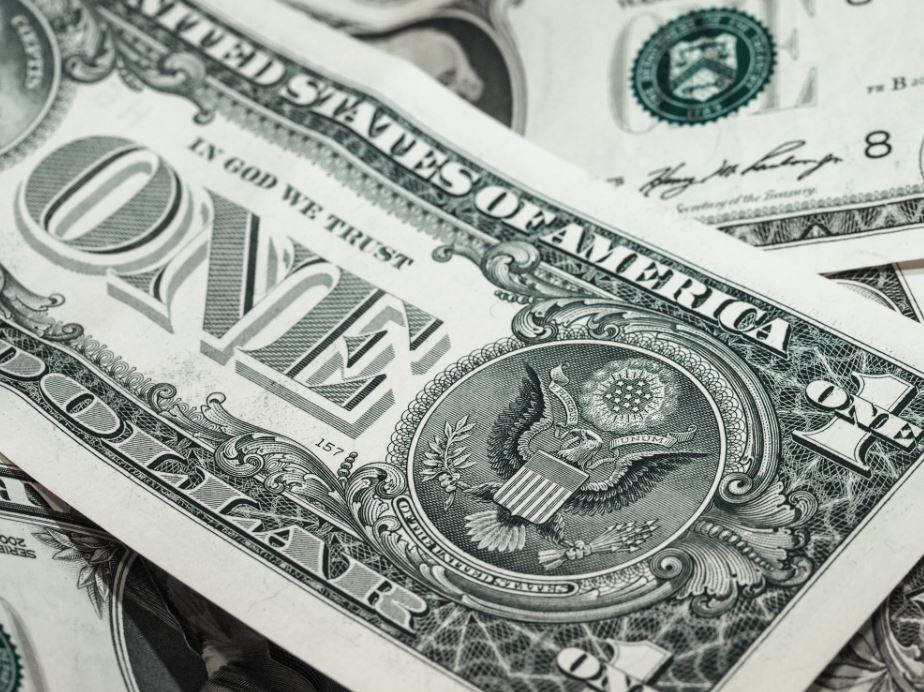[Compliance Update] 2022 Ohio Minimum Wage Changes
On January 1, 2022, Ohio’s minimum wage will increase to $9.30 per hour for employers who gross $342,000 or more.
The minimum base wage for tipped employees will increase to $4.65 per hour.
Ohio’s minimum wage does not apply to employers who gross less than $342,000—they can pay the federal minimum wage.
Minimum Wage Basics
Almost everyone knows that the federal minimum wage, which hasn’t changed in nearly a decade, is $7.25 an hour. But that’s just the beginning of minimum wage rules.
Employers also should be aware that many states and municipalities have enacted their own higher minimum wage laws, which essentially supersede the federal minimum. Many states and the District of Columbia have minimum wages above the federal minimum wage, while others are lower than the federal standard. In either situation, the higher wage applies.
As of mid-2018, more than half the states have a higher minimum wage than the federal level. Some of them are indexed to go up over time, and the rules can be complex. In New York state, for example, the goal is to gradually work up to a $15/hour minimum wage. New York City, which has a fairly high cost of living, will get there first, according to the official schedule and based on the size of the business. Several nearby counties are on another schedule and the rest of the state is on a third schedule. Indeed, around the country, about 40 municipalities have adopted minimum wages higher than state minimum wages.
New Jersey also has multi-category system: the minimum wage went up to $10.00 on July 1, 2019, and is scheduled to hit $15.00 in 2024. The state mandates separate schedules for seasonal and small employers, agricultural employers, and employers whose workers rely heavily on tips.
The minimum wage law (the Fair Labor Standards Act) applies to employees of enterprises that have annual gross volume of sales or business done of at least $500,000. It also applies to employees of smaller firms if the employees are engaged in interstate commerce or in the production of goods for commerce, such as employees who work in transportation or communications or who regularly use the mail or telephone for interstate communications.
It also applies to employees of federal, state or local government agencies, hospitals and schools, and it generally applies to domestic workers.
Minimum Wage Exemptions
Certain full-time students, student learners, apprentices and workers with disabilities may be paid less than the minimum wage under special certificates from the Secretary of Labor. This is commonly referred to as the sub-minimum wage.
For example, employers that hire full-time students in retail or service stores, agriculture, or colleges and universities may obtain a certificate from the Secretary of Labor allowing the student to be paid 85 percent of the minimum wage. High school students at least 16 years old who are enrolled in vocational education classes may be paid 75 percent of the minimum wage, if the employer obtains the proper certificate from the Secretary of Labor authorizing such payment.
Perhaps the most significant exemption is for employees who are commonly tipped, like waitstaff. They usually have a lower minimum wage, as the tips more than make up for the difference. However, if tips do not bring an employee to the minimum wage, the employer must make up the difference.
Note that exemptions tend to be narrowly drawn, so check with a professional before assuming that an exemption applies to your situation. In fact, all employers would do well to take a look at their minimum wage situation to make sure they are in compliance for their business and region.
Read more trending topics in payroll on our blog.







Reply a Comment